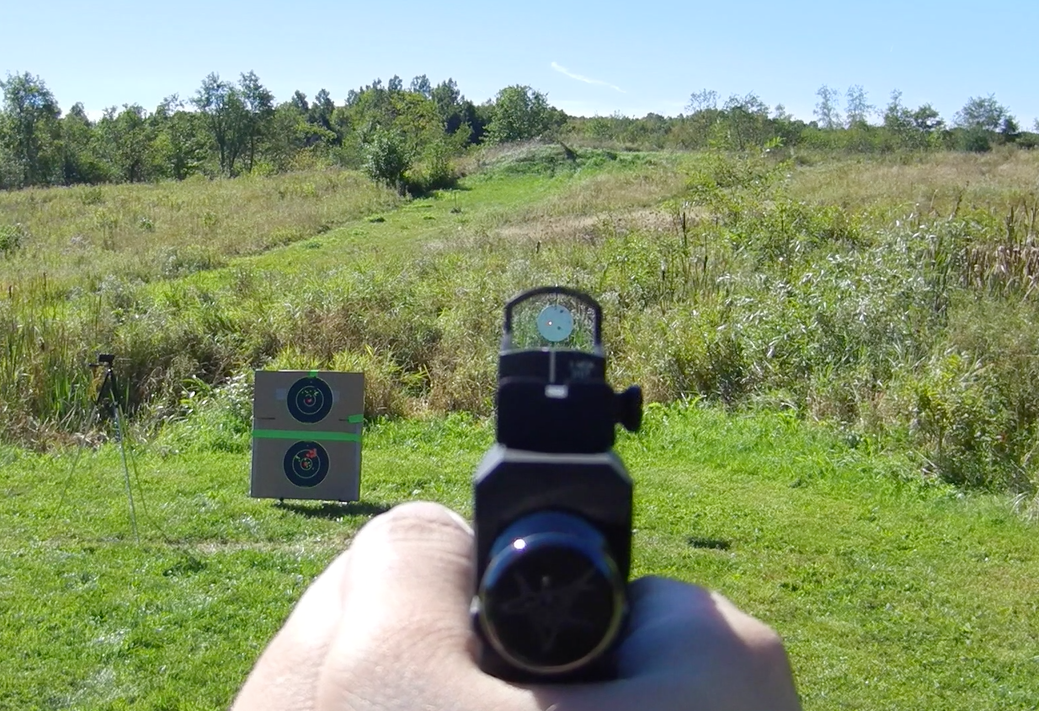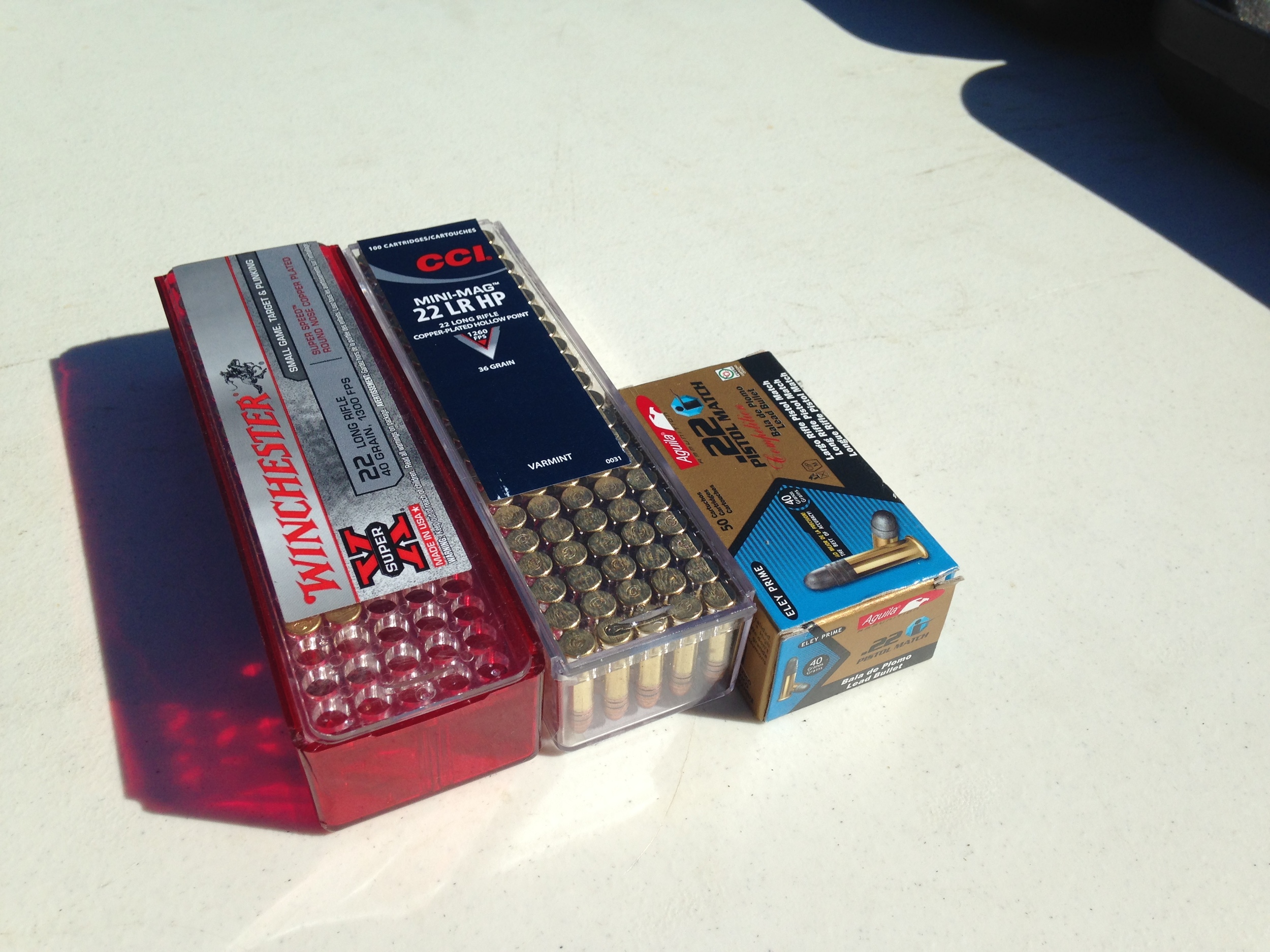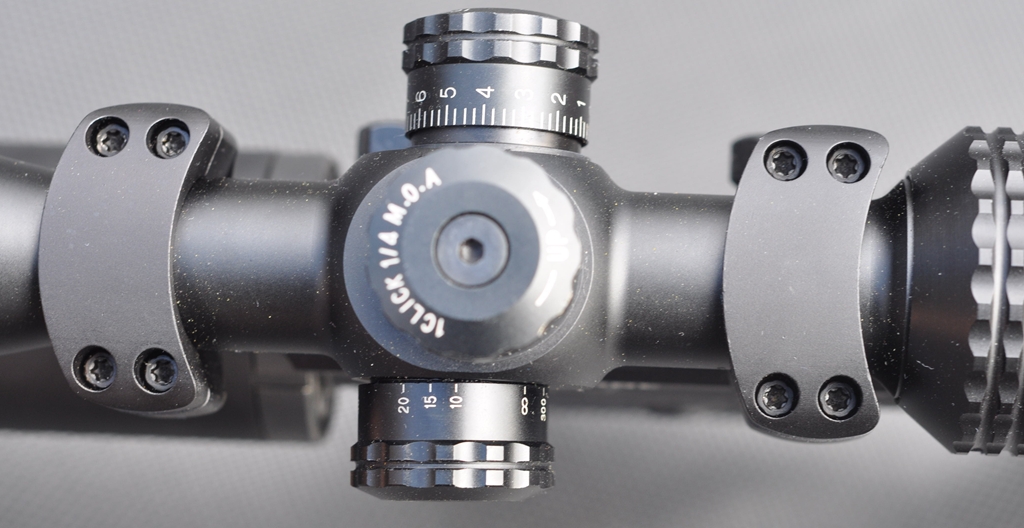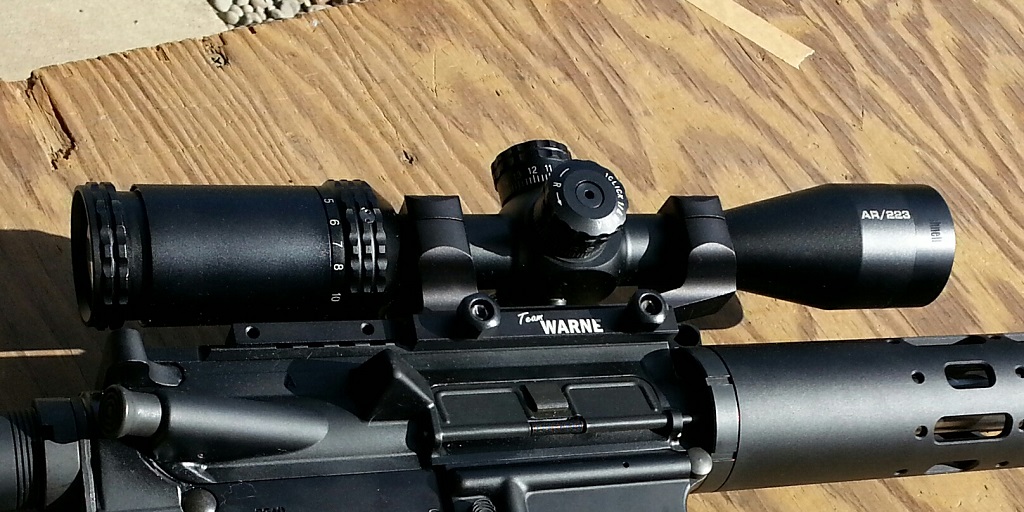Triclops Sight Review
I have a serious astigmatism and normal red dot sights are an issue for me. During one of our podcast episodes we discussed products from Triclops Sights. They manufacture, what can be best described as, an analog red dot. These are iron sights that contain fiber optics.
The front sight is tall, like a suppressor height sight. The rear sight is a rectangle that has red fiber optics at the 12, 3 and 9 o'clock positions.
The sights are firearm model, caliber, and eye dominant specific. They have sights for the Beretta APX, Desert Eagle in 41 Mag, VP9, Smith & Wesson M&P line, CZ75 and many more. The pulldown menu is on their website.
I have a Glock 19. I'm right handed and right eye dominant. I received my sights in November 2023 and had them installed immediately. My friend Nick had a sight pusher. He got these sights installed quickly for me. All that was left for me to do was install the fiber optics by sliding them into place, cutting them to size, and burning the tip to keep them in place. It was quick and easy.
The Triclops sights work due to your eye naturally centering the green front sight between the red rear fiber optic posts. I'll take a quote from Triclops Sights website, “Geometric centering is your eye's natural ability to find the exact center of a shape. This concept incorporated in the Triclops Sight allows you to aim and acquire your target faster than traditional notch and blade sights.” This new sight picture may take effort for some to run. It is simple if you don't overthink the sight picture. It is the same principle as centering your AR15 front sight post in the center of your rear sight aperture.
According to the company website, the Triclops sights help you fire with both eyes open. They help you shoot more accurately, faster, and assist in increasing your situational awareness when you're shooting.
I planned on using these sights during different types of shooting and in various conditions. I used them at indoor matches, action shooting matches, Police Combat Competition, and training classes around the country. I fired the Triclops sights under the pressure of timed competition. I feel they were faster when shooting and transitioning from target to target than regular bladed sights. Close targets got smoked quickly! The second I saw the green front sight anywhere on the target, I squeezed the trigger. When I moved back to the 25-yard line, it was easy to stay in the center of a B27 target or IDPA targets.
I took the Dynamic Rifle 2 class with ROC Training at the South Jersey Shooting Club on a sunny October day. While running drills, we would transition to our handgun when our carbines ran empty. These sights really popped outside. Shooting and moving, firing weak hand, and from cover I was hitting the targets effortlessly. During one training iteration at 50 yards, these sights easily equaled, or beat, other students that had more expensive pistols equipped with red dots. Sucseffully hitting a full size IDPA steel target five times in a row.
My reviews generally are long term reviews. I've been using Triclops Sights for 15 months. They have been used and abused in training class, competitions, and practice. They are carried as my everyday carry in the Fattac Standard Holster. It also works in the JX Tactical Fat Guy Holsters and the Hailey Strategic G-Code Incog RMR tuckable holster. These holsters all have been designed for a red dot mounted Glock 19.
I read concerns that the Triclops sight looked large. I saw comments that it looked as large as some red dots. I had the Vortex Defender CCW Micro Dot on hand. It has the Shield RMSc footprint. At 1.6 inches long theDefender CCW is considered a small red dot. It looks huge next to the Triclops Sight.
The Triclops Sights have held up to my use, which is to put it mildly, rough. I have not broken the fiber optics. There is a small bit of surface rust on the side of the sight that lays against me while I carry.
Triclops Sights are what the website says and more. I believe these sights are in a category between traditional sights and red dots. Especially if you have astigmatism like mine. Which nearly every red dot looks like a rorschach test.
These sights allow me to see faster, and shoot accurately faster, than regular bladed sights. My scores and times in competition reflect these facts. They cost less than all but the lowest priced red dots. They don't require batteries. They are tough. These sights have been used to rack the slide during one hand manipulation drills. There's been no damage or loss of zero. I recommend these Triclops sights to anyone that has astigmatism or just wants to try an “analog red dot” sight.
Firearms Insider Reviews - Key Points
Claim to Fame:
This product is great for people with bad astigmatism. It's also a good alternative to suppressor height sights. It's a step between traditional sights and a red dot optic.
Target Market:
It is faster than iron sights with much less of a learning curve than red dots. It has a smaller footprint than every red dot on the market with fast sight acquisition. Triclops Sights are less expensive than every quality red dot on the market.
Features, Benefits, and Specifications of this product
Triclops Sights are for people who have problems seeing traditional sights
They are an analog red dot for people that have issues with astigmatism
They help shooters shoot accurately faster due to a larger sight picture and faster sight alignment
Constructed from 4140 steel.
Red and green fiber optic rods are included
Available for a bunch of different handguns
What other aesthetic options or finishes are available?
Much like Henry Ford's Model T, You can have it in any color. As long as that color is black.
What others are saying?:
"I want to thank Sean at TriclopsSights.com for hooking me up with this sight system to test and evaluate. Pretty much an analog CCO and NVD capable. First 15 rounds with the sight were at 7 meters doing first round draw drills. First two were flyers b/c I wasn't using the sight correctly. I was skeptical at first but now all I can say is wow. Put the threat in the TV screen and squeeze.” - Colton Baitch
I took my small little sub compact to the range with my new Triclops sights. Started close around 7yds to get a feel for the sight. It happened quickly, around 5 shots before I was in a small ring. This was amazing as it is but what really surprised me was being able to shoot quite a long distance somewhere around 25 yards with my small little carry gun and be extremely accurate. I was also happy with how quickly I could now shoot my carry gun. I plan on trying these sights on one of my larger full size competition guns and can’t wait to see the results. So more to report later- Hope Lewellen
Link to other reviews:
Triclops Sights Review: New Sights for Old Glock
Price point:
MSRP = $119.99
Retail = Same
I need it now! Availability:
Our Rating:
Pros:
High-quality iron sights
The sights are faster to acquire than traditional sights at close range
The sights are faster and easier to shoot at long range than traditional notch and blade sights
They are tough. I haven't been able to break them
They have no batteries
They double as suppressor height sights
Fiber optics are inexpensive and easy to replace
They are easier and faster to learn and acquire a sight picture to those untrained in the use of a red dot
They are easier to conceal and are less likely to snag clothing because they have a smaller footprint than every red dot on the market
Cons:
It looks unusual. Instructors and friends all have, initially, look at this with suspicion.
It has a slight learning curve. It took a few range trips to understand how to get the most out of the product
If you don't have one of the firearms models listed on their website you'll have to call the company to inquire if the sight will work on your firearm
Score: 9.25 - Amazing
I think it's a sighting system between traditional sights and red dot optics.

































































